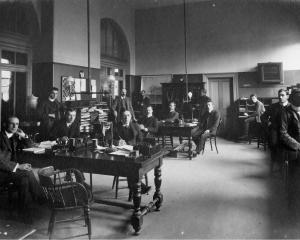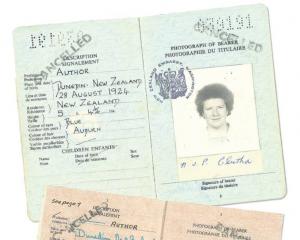
The 1918 Spanish Influenza pandemic killed up to 50million worldwide. In New Zealand, the death toll was just over 9000, of which 223 were from Dunedin. That would be the equivalent of 45,000 deaths nationally in 2020, and more than 400 for Dunedin.
The fact that we have suffered nothing like those tragic numbers is a testament to excellent public health policies and good science. Our forebears in 1918 lacked the resources we have enjoyed on both fronts.
The pressure inhalation sprayer on display at Toitu, for example, was based on the idea that inhaling a zinc sulphate spray would provide protection against the influenza virus. In fact, it may have weakened resistance by damaging throat and lung tissue (rather like inhaling bleach, perhaps). Manufactured by A.&T. Burt Ltd, sprayers like this were set up in inhalation chambers across New Zealand.
Dunedin’s inhalation chamber was in the old Post Office building on the corner of Water and Bond Sts. Set up on November 7 1918, it was ‘‘a small room, relatively airtight, holding 20 or 30 persons, and the air is impregnated with the vapour of zinc sulphate. Each batch remains in the chamber for 10 minutes, and the persons treated are instructed to breathe through the nose at first, and then through the mouth’’.
This sounds like a perfect way to spread infection — the opposite of social distancing — but thousands of people took advantage of the treatment each day. Additional chambers were established around the city to cope with the demand.
The 1918 crisis was short and sharp in Dunedin: the first infections appeared in early November but by early December the pandemic was largely over. The main Dunedin inhalation chamber closed on December 12, 1918 — perhaps that’s why it left so little impression on our historical memory, the high death toll notwithstanding.
The spray inhaler at Toitu is one of relatively few surviving artefacts to recall the most devastating public health crisis in New Zealand history.













